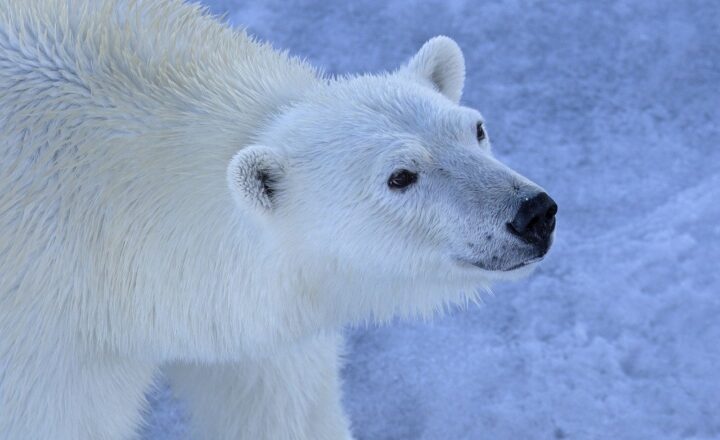The Influence of Global Warming on Earth’s Weather Extremes and What’s Next
November 12, 2024

Global warming has become one of the most pressing challenges of our time, manifesting in various ways across the globe. Recent studies and events have highlighted its significant impact on weather patterns, leading to an increase in the frequency and severity of weather extremes. In this article, we will explore how global warming influences weather extremes and what the future holds for our climate.
1. Understanding Global Warming
Global warming refers to the long-term increase in Earth’s average surface temperature due to human activities, notably the burning of fossil fuels, deforestation, and industrial processes. These activities release greenhouse gases (GHGs) such as carbon dioxide, methane, and nitrous oxide into the atmosphere, trapping heat and preventing it from escaping into space. This process intensifies the natural greenhouse effect, leading to various climatic changes across the planet.
The increase in global temperatures has far-reaching consequences on the environment, impacting not only weather patterns but also ecosystems, sea levels, and biodiversity.
2. The Connection Between Global Warming and Weather Extremes
As average temperatures rise, the atmosphere’s capacity to hold moisture increases, resulting in more intense and frequent weather events. Here’s how global warming influences extreme weather:
- Heatwaves: Higher global temperatures lead to longer and more intense heatwaves. Areas that typically experience mild weather can suddenly find themselves facing unprecedented temperatures, posing health risks and increasing energy demands.
- Droughts: Increased evaporation rates from higher temperatures and altered rainfall patterns contribute to prolonged droughts. Drought conditions can devastate agriculture, increase fire risks, and strain water supplies.
- Heavy Rainfall and Flooding: Warmer air holds more moisture, resulting in heavy downpours and floods. Areas that typically receive moderate rainfall can experience catastrophic flooding events, leading to loss of life and significant property damage.
- Hurricanes and Storm Intensity: Warmer ocean temperatures are a primary driver of hurricane intensity. Enhanced energy from warmer waters contributes to stronger storms, which can lead to devastating economic and human impacts in affected regions.
- Winter Storms: As the climate warms, the jet stream becomes more variable, leading to erratic winter weather. Warmer Arctic temperatures can disrupt traditional weather patterns, causing severe cold snaps and heavy snow in some areas.
This connection between global warming and extreme weather is backed by a study from the Intergovernmental Panel on Climate Change (IPCC), which asserts that the increase in greenhouse gas emissions is strongly linked to the rise in extreme weather events.
3. Case Studies of Recent Weather Extremes
Over the past few years, numerous instances have underscored the impact of global warming on weather extremes:
- The 2021 Texas Winter Storm: This event highlighted the vulnerabilities of the state’s power grid, leading to widespread blackouts as temperatures dropped to record lows. Climate scientists pointed to overall warming trends influenced future extreme winter events in both frequency and intensity.
- The 2020 Australian Bushfires: Australia faced an alarming season of bushfires exacerbated by prolonged drought and higher temperatures. Climate change was identified as a significant factor contributing to the severity and extent of the fires.
- Hurricane Ida (2021): Hurricane Ida demonstrated the powerful relationship between warming oceans and intensified storms. The hurricane caused catastrophic flooding in Louisiana and the northeastern United States, leading to billion-dollar damages.
These case studies not only serve as a wake-up call about the urgency of climate action but also illustrate the serious consequences of ignoring global warming.
4. The Future Outlook: What’s Next?
The future of weather extremes hinges on our response to climate change. Without significant reductions in greenhouse gas emissions, we can expect:
- Rising Severity and Frequency of Extremes: Climate models indicate that extreme weather events will become more common, with increased impacts on agriculture, infrastructure, and public health.
- Increased Migration and Displacement: As certain regions become uninhabitable due to climate-related disasters, we may witness increased migration and displacement of populations, creating social and political challenges globally.
- Economic Impacts: Weather extremes can strain economies, especially those reliant on agriculture and tourism. Insurance costs are likely to rise as businesses and governments face increased expenditures to mitigate disaster impacts.
- Changes in Ecosystems: Plant and animal species will struggle to adapt to rapid climate changes, leading to loss of biodiversity and potential extinction of vulnerable species, altering entire ecosystems.
The ability to anticipate and adapt to these changes depends on aggressive climate action at the individual, community, and governmental levels. Investing in renewable energy, enhancing energy efficiency, and promoting conservation are vital steps towards mitigating the impacts of global warming.
5. Conclusion: A Call to Action
The influence of global warming on weather extremes cannot be overstated. As climate science continues to evolve, understanding these changes is crucial for developing effective adaptation strategies.
The world now stands at a precipice, with options to either reign in greenhouse gas emissions or move toward a future filled with deteriorating weather conditions, affecting generations to come. It’s imperative that we all engage in this fight—individual actions, community initiatives, and global policies play an integral role in addressing this unprecedented challenge.
The time for change is now. Let’s work together to combat the effects of global warming and build a more resilient future for our planet.








